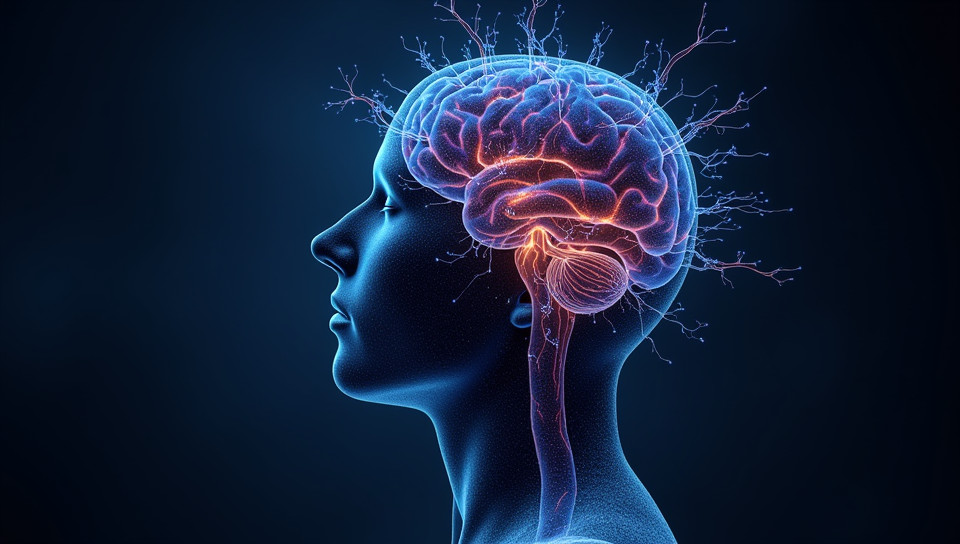Brain neural networks regulate physiological responses to disease states 65%

Brain Neural Networks: The Silent Regulators of Our Physiological Responses
As we navigate the complexities of modern life, our bodies respond to the demands placed upon them in remarkable ways. From the subtlest changes in heart rate to the most dramatic shifts in immune function, our physiological responses are intricately linked to the workings of a sophisticated network within our brains: the neural networks.
The Anatomy of Brain Neural Networks
Brain neural networks, also known as brain circuits or neural pathways, refer to the complex connections between neurons that facilitate communication and coordination between different regions of the brain. These networks are responsible for processing sensory information, regulating emotions, controlling motor functions, and governing a wide range of physiological processes.
Regulating Physiological Responses to Disease States
In response to disease states, brain neural networks play a critical role in modulating our physiological responses. By activating specific neural pathways, these networks can influence the activity of various bodily systems, including:
- The immune system
- The endocrine system
- The autonomic nervous system (ANS)
- The cardiovascular system
Immune Response Regulation
One key example of brain neural networks regulating physiological responses to disease states is their role in modulating our immune response. Research has shown that the brain can influence immune function by releasing various neurotransmitters and hormones, such as cortisol and cytokines, which play a crucial role in fighting off infections.
Autonomic Nervous System Regulation
The autonomic nervous system (ANS), comprising the sympathetic and parasympathetic branches, is another critical network regulated by brain neural networks. The ANS influences heart rate, blood pressure, digestion, and other vital functions, adapting our bodily responses to changing demands.
Conclusion
In conclusion, brain neural networks are intricately linked to our physiological responses to disease states. By regulating various bodily systems, these networks enable us to adapt to the challenges posed by illness and injury. As researchers continue to unravel the mysteries of brain function, a deeper understanding of neural networks will undoubtedly lead to new insights into human health and disease.
In this article, we have seen how brain neural networks play a vital role in regulating our physiological responses to disease states. By exploring these complex connections, we can gain a greater appreciation for the remarkable resilience of the human body and unlock new avenues for treating and preventing diseases.
- Created by: Evelyn Perez
- Created at: Nov. 2, 2024, 4:24 p.m.
- ID: 15403


